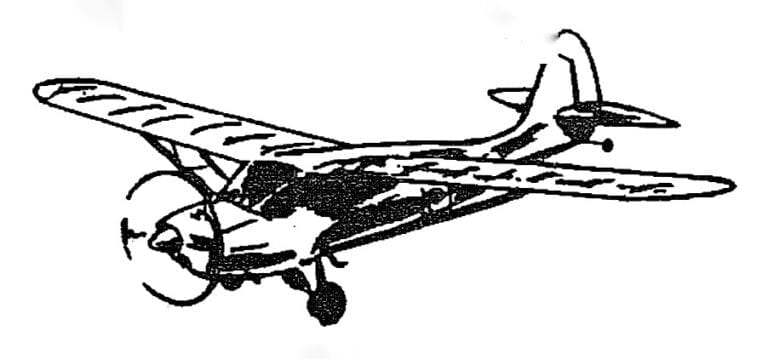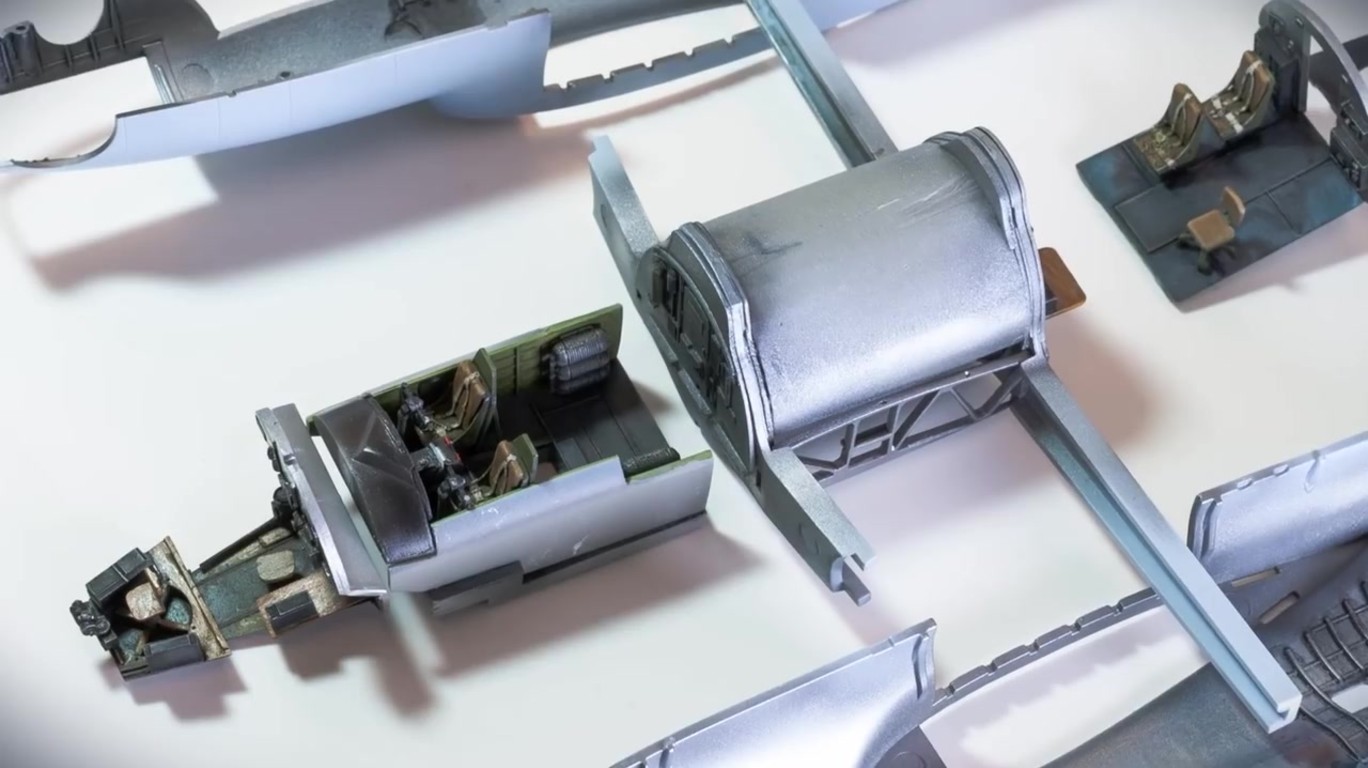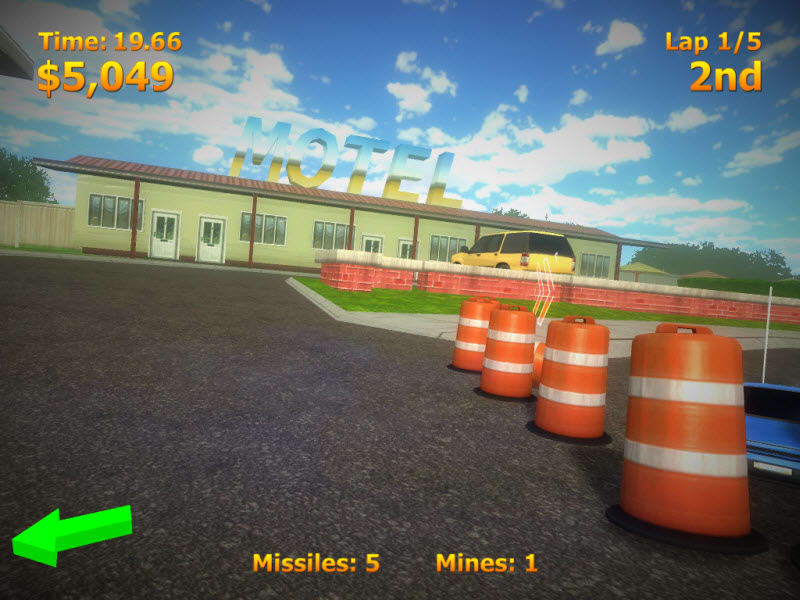

If your plane is equipped with flaps, use them to really slow the plane down on approach. The plane should have a relatively high nose-up attitude as it touches down. When landing an rc floatplane, you should come in as slowly as possible and flare as much as possible so that the floats touch the water as gently as possible. Or, more accurately, the size of the chop relative to the size of plane needs to be observed! Only a larger amount of chop needs to be taken into account when landing. Obviously if there is little or no chop on the water then you can land in to wind, if possible. I've learned the hard and embarrassing way, and my first attempt at floatplane flying ended before it began when my plane flipped onto its back after digging in. The same can be said for landing - try and land parallel to any chop to prevent the front of the floats digging in and flipping the plane.Ībove: you should try and land parallel to any wave troughs. Landing an rc floatplane or seaplane on water isn't something you want to get wrong, unless you want to end up like this poor guy to the right. Once take off speed is reached, let the plane lift gently off the water with a small amount of up elevator, and maintain a smooth and gentle climb out from the lake. The trick is to hold in more up elevator during the take off run than you would do when taking off from land this holds the nose of the airplane up and helps prevent the floats from digging in to the water.Īs the speed increases, you should be able to reduce up elevator slightly and let the plane ride the waves, so to speak. If there is significant chop on the surface, you might need to do your take off run parallel with the line of waves, and this probably means doing a crosswind take off. Like land planes, an rc floatplane should be taken off in to wind whenever possible. When the bulk of the hull is in the water there is excessive drag, which lessens considerably as the hull accelerates and eventually planes on the surface. During the planing stage of the take off, the amount of drag is reduced significantly. The amount of drag is relatively huge, until speed is sufficient that the floats start to ride on the surface of the water and the airplane 'planes' across the surface until it gets airborne. But rc floatplanes encounter lots of drag as the floats try and cut their way through the water surface tension. On take off, rc land planes encounter very little drag when rolling along a smooth runway. The primary difference between rc floatplanes (& seaplanes) and land planes comes in the amount of drag they encounter. This particular example is the Great Planes ARF example: RC Floatplanes: Take off & Landing

These are usually larger than planes equipped with pontoon floats, and a very popular subject for radio control is the Consolidated PBY Catalina, pictured below. Floatplane or Seaplane?Īn alternative configuration to the pontoon floats is the single hull aircraft, commonly called a seaplane or flying boat.

I'm a big fan of FMS having had a few of their warbirds, and this Piper Super Cub makes a perfect rc floatplane if you're looking for something larger. Obviously the UMX Timber is a micro sized floatplane, but an excellent larger scale type is the FMS Super Cub, pictured below: What a beautiful autumn morning that was - not a breath of wind and glass-smooth water. This little pond actually fills a shallow depression in the ground where P-38 Lightnings, amongst other planes, were once parked when this area was a Second World War airfield! It's a great little plane and I can highly recommend getting one!īelow is a short, and rather uninteresting, vid of my Timber in action on its floats. I do enjoy flying my UMX Timber, either from land or water. Such floats, called pontoon floats, are made from lightweight foam, typically with pre-bent wire struts that slot straight into the landing gear slots on the underside of the fuselage. There aren't a huge number of Ready To Fly floatplanes widely available at the current time, but there are RTF options available.Īn increasing number of manufacturers of RTF foamie rc planes give you the option of swapping out the normal landing gear for a set of specially designed floats.Īs an example, the photo below shows my little UMX Timber sitting pretty on her floats: If you have access to a lake or wide and slow-flowing river, rc floatplanes and seaplanes can give you a more challenging and very rewarding radio control flying experience. RC Floatplanes - Rise to the Challenge of Flying from Water! Home Site search Site Map About Me Contact Me Site FAQ Privacy/Cookie Info Testimonials


 0 kommentar(er)
0 kommentar(er)
